Full text
PDF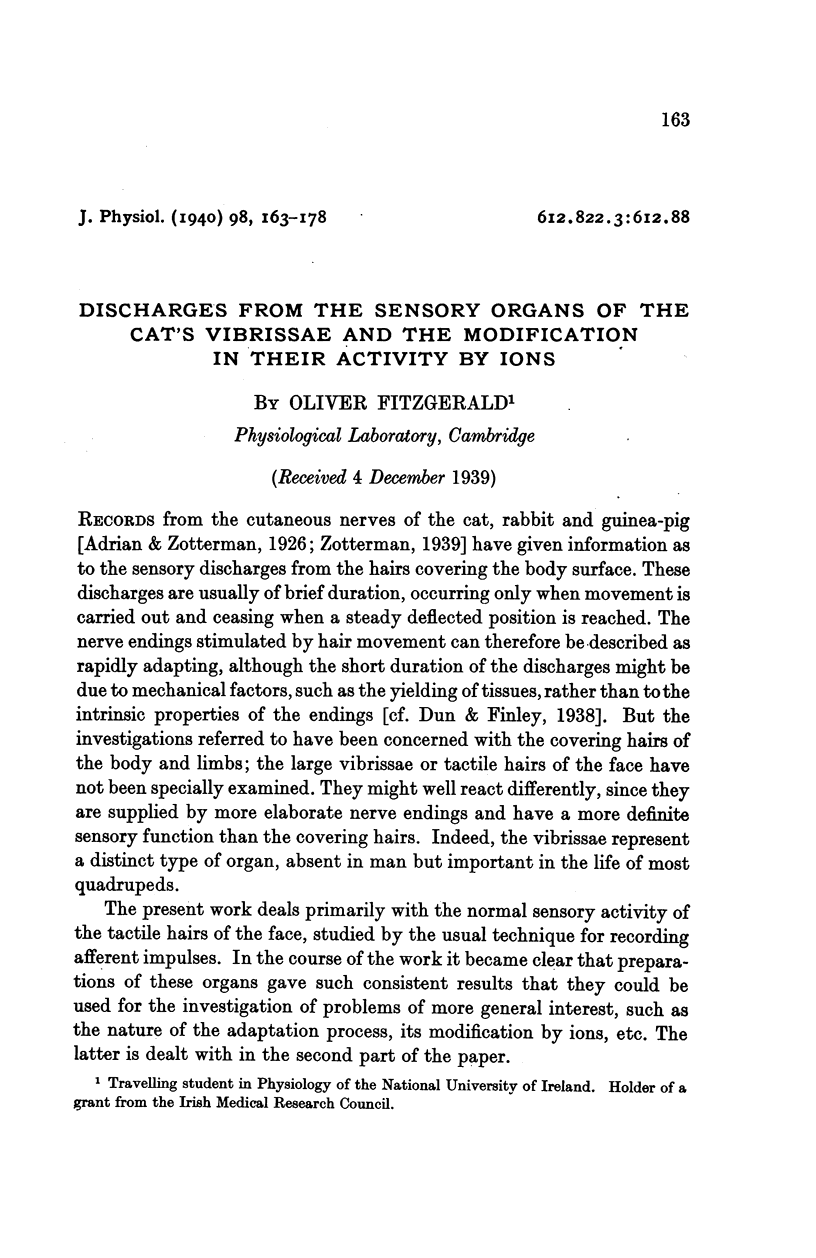
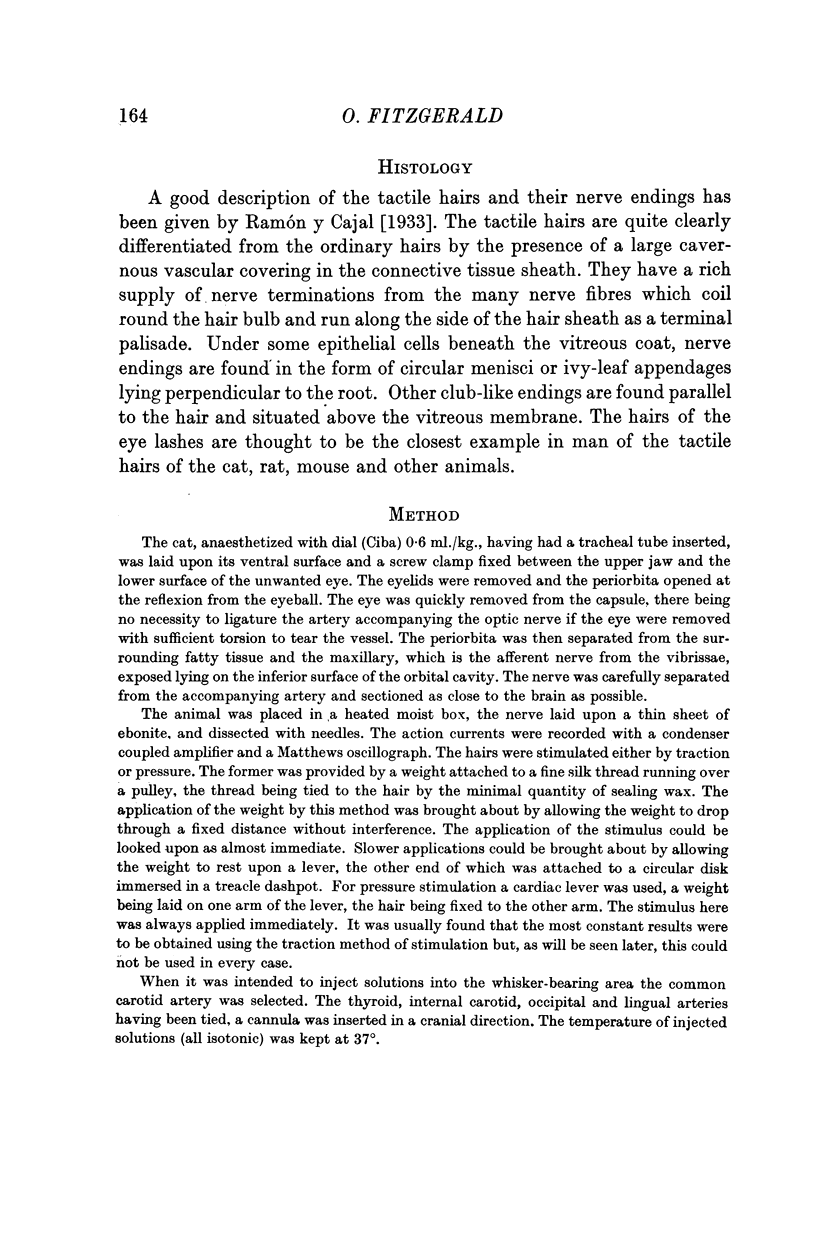
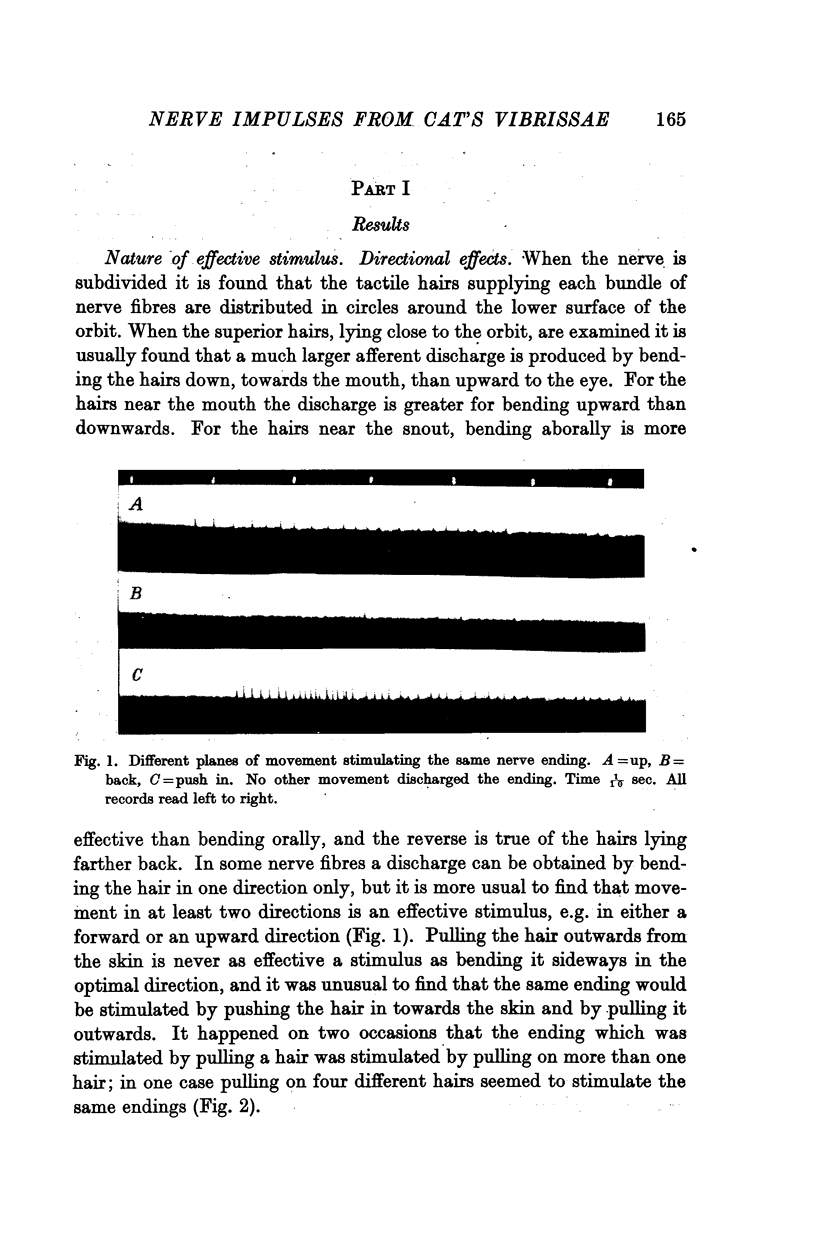
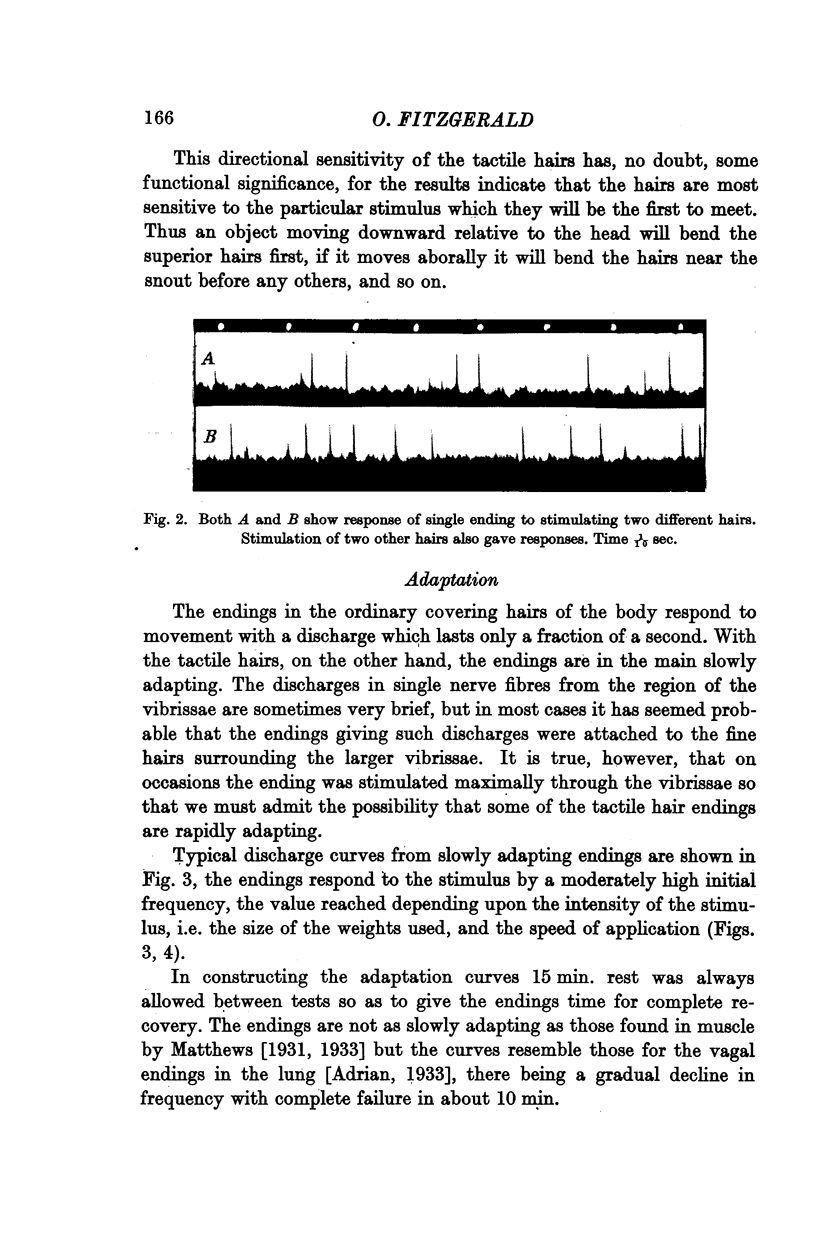
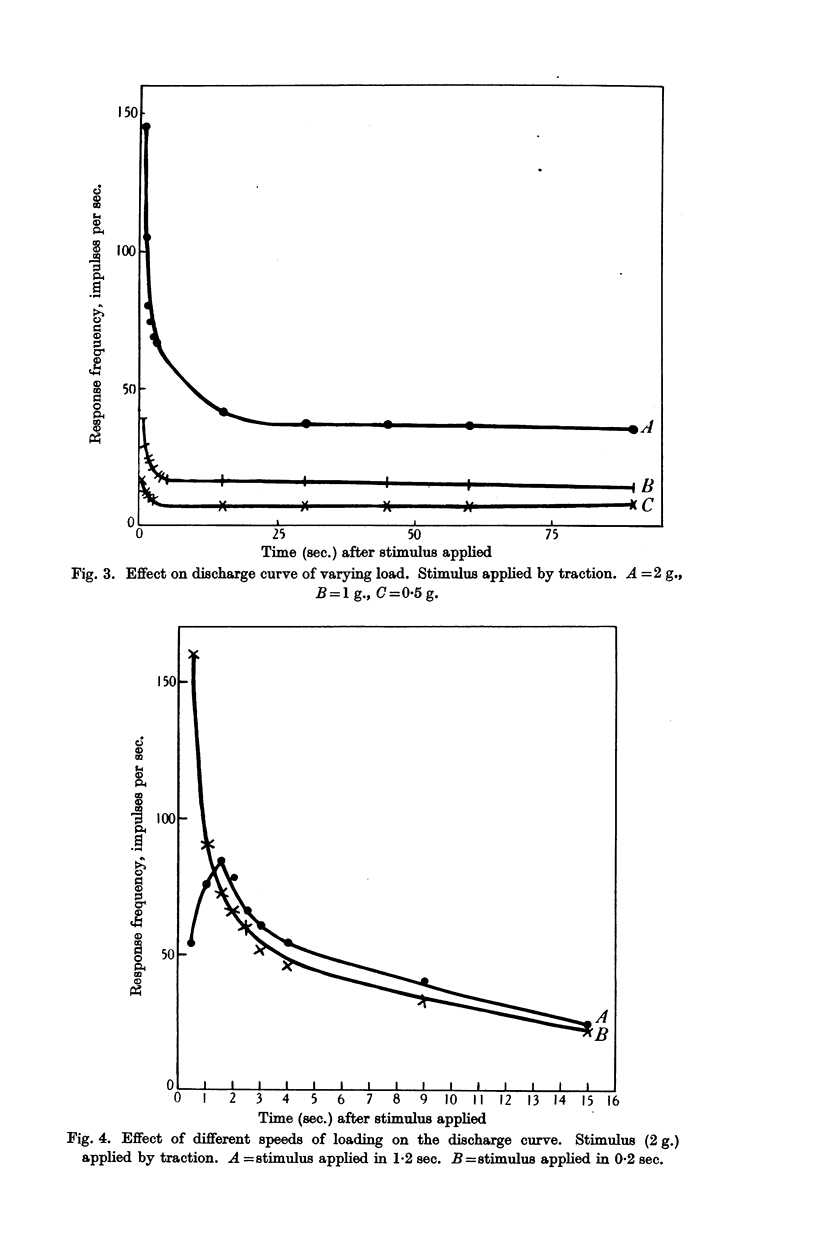
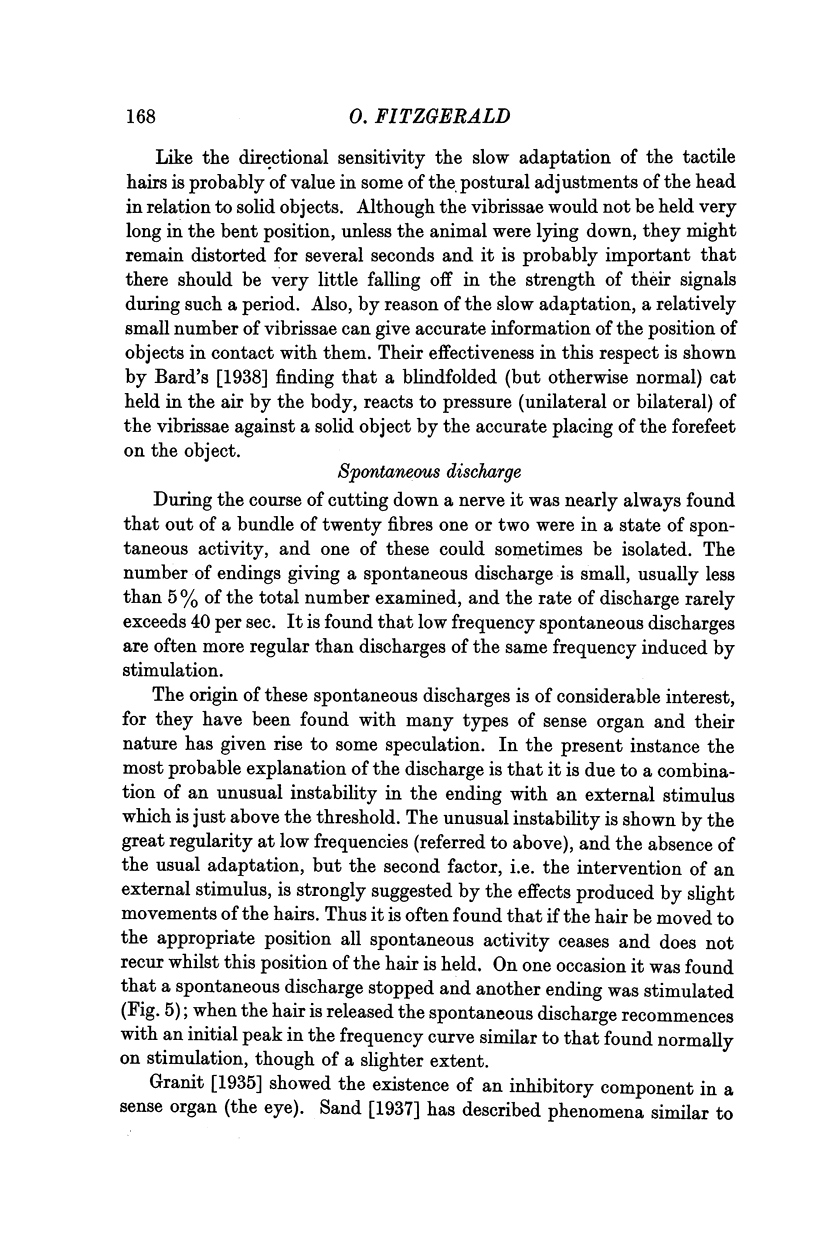
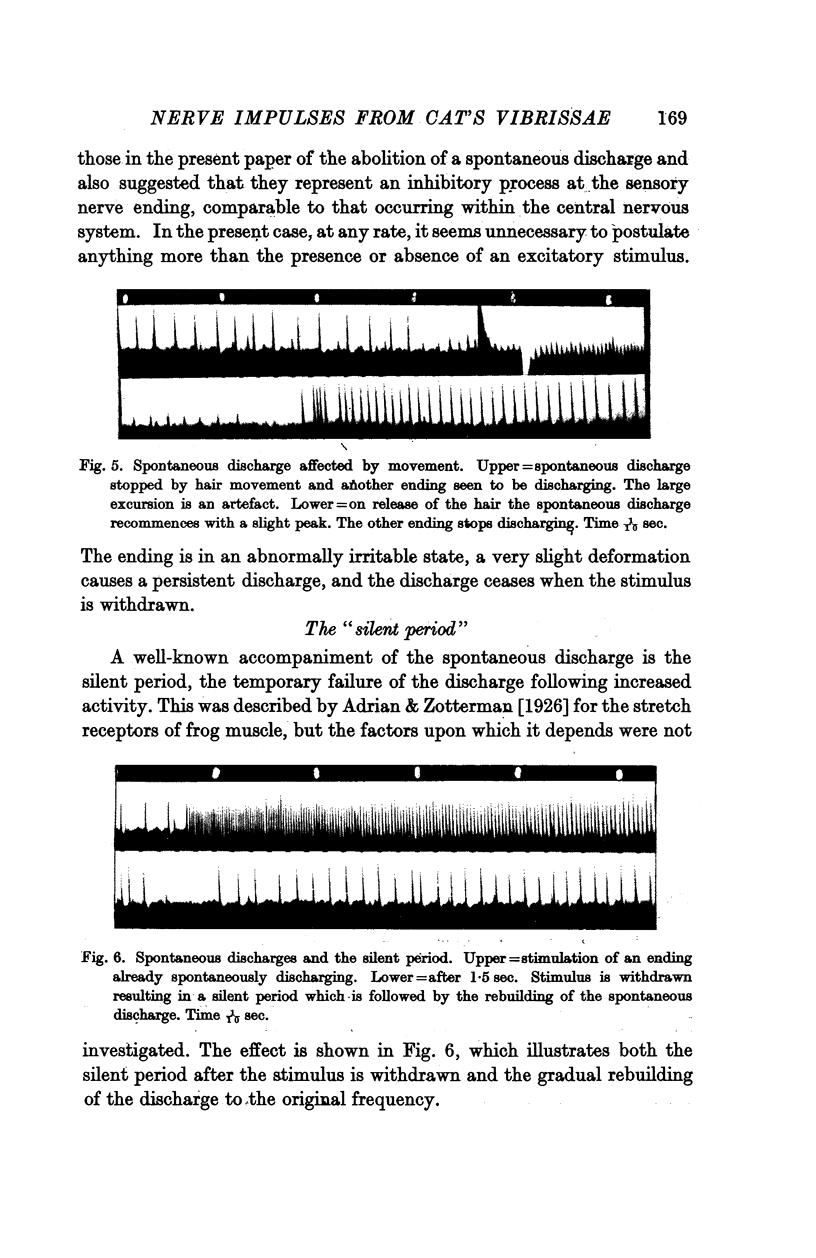
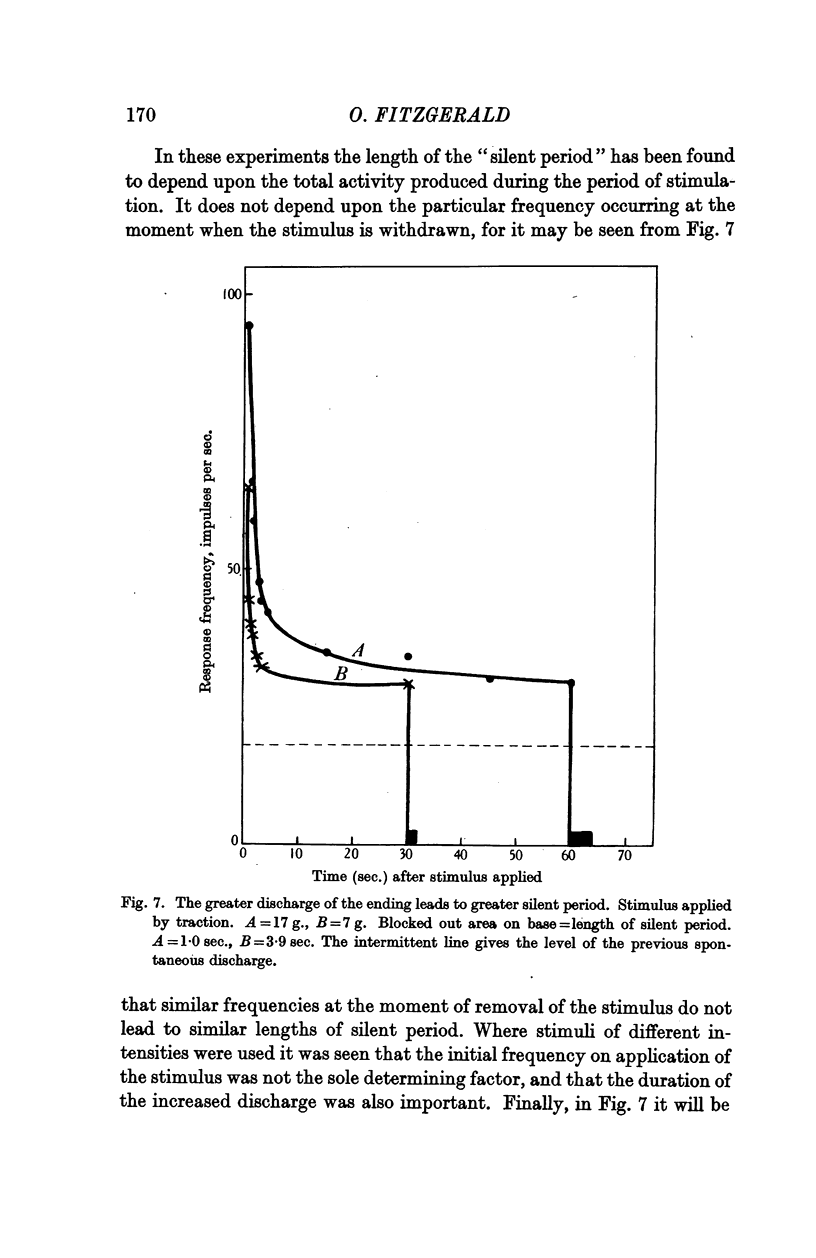
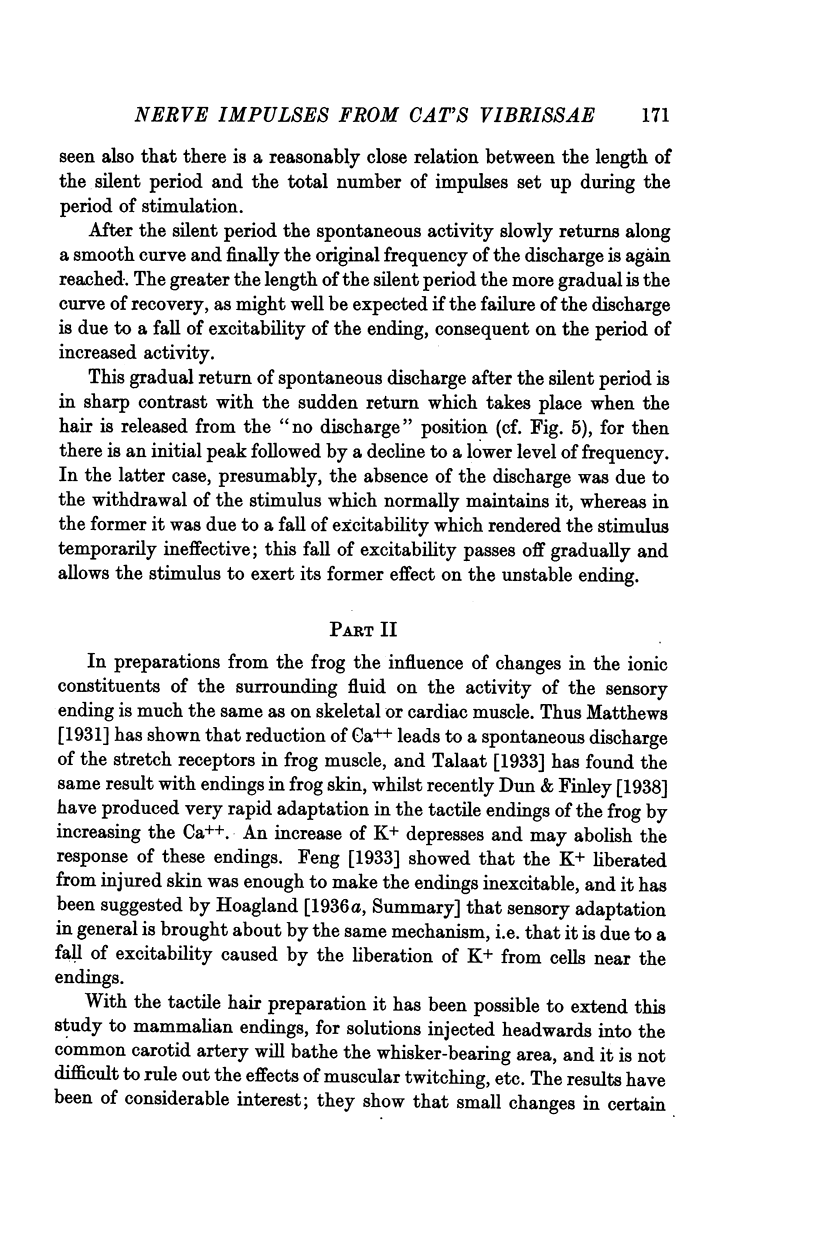
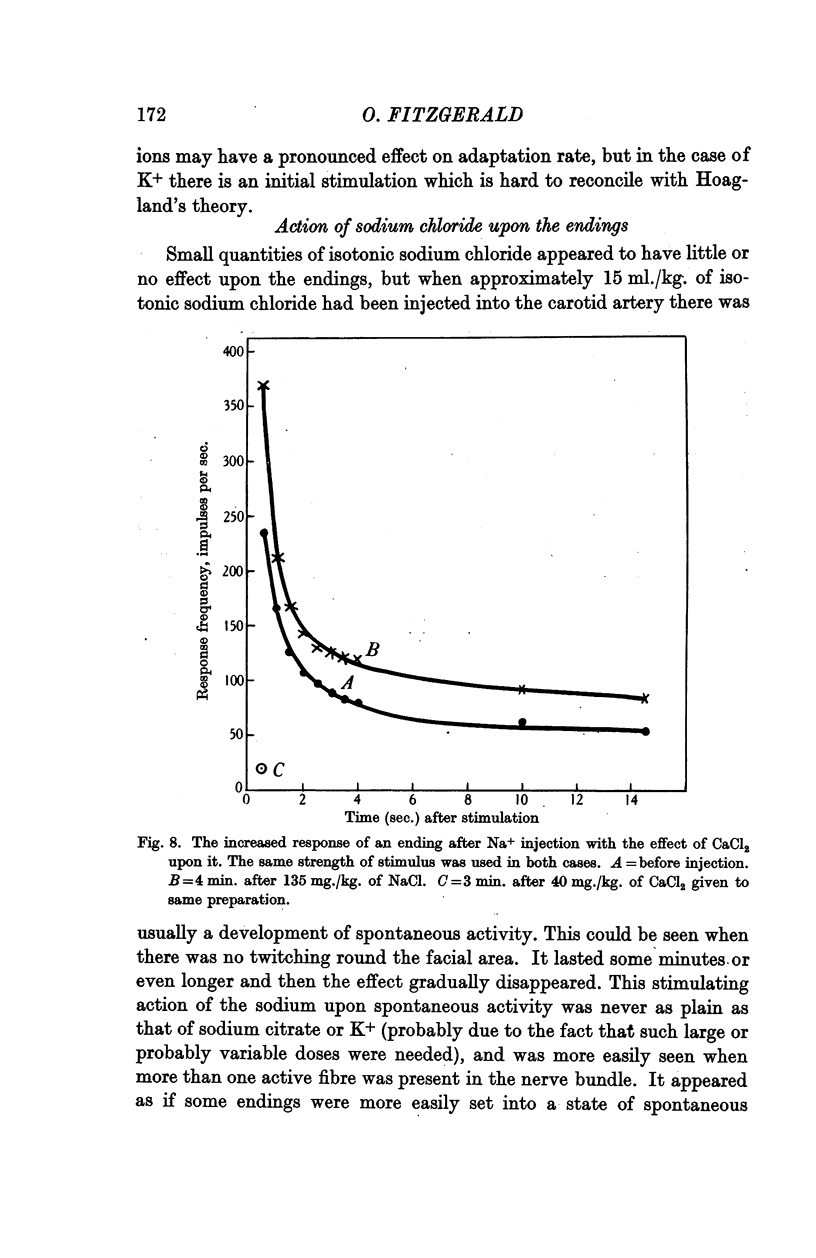
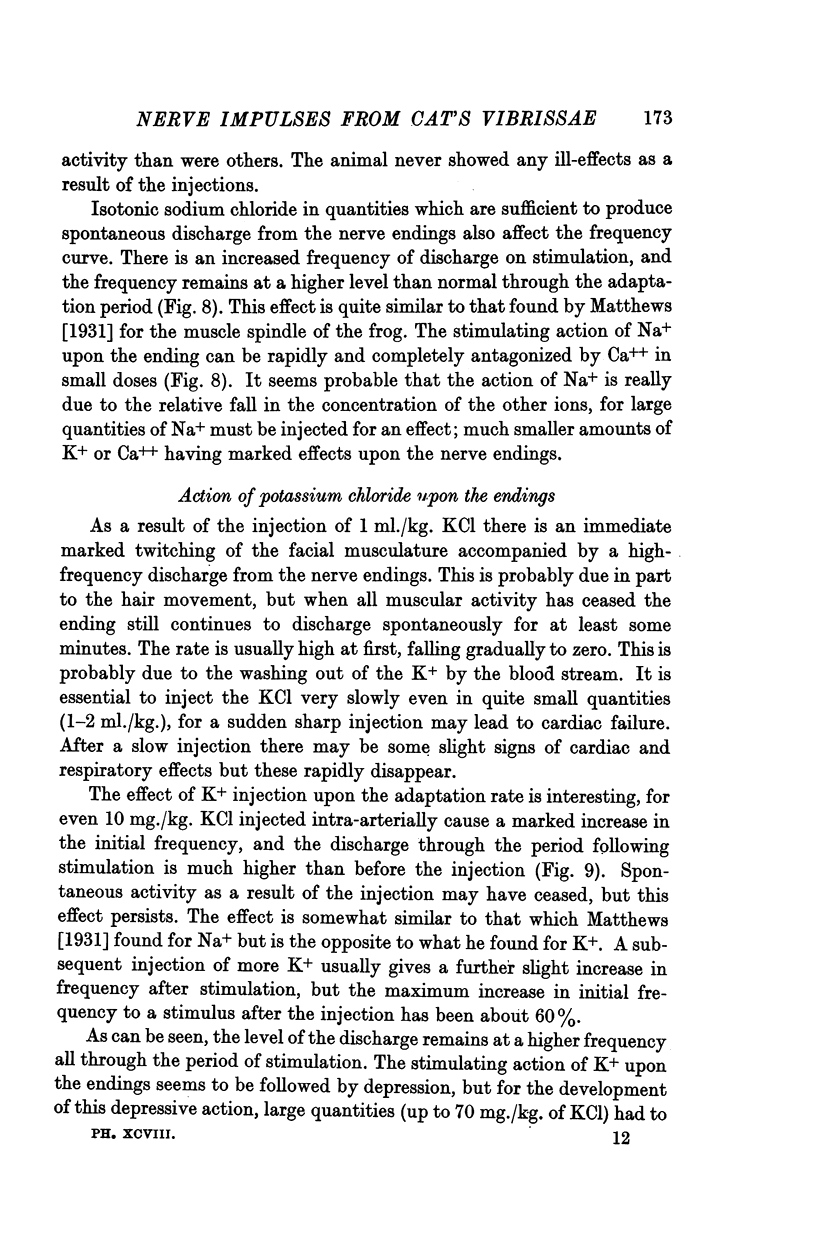
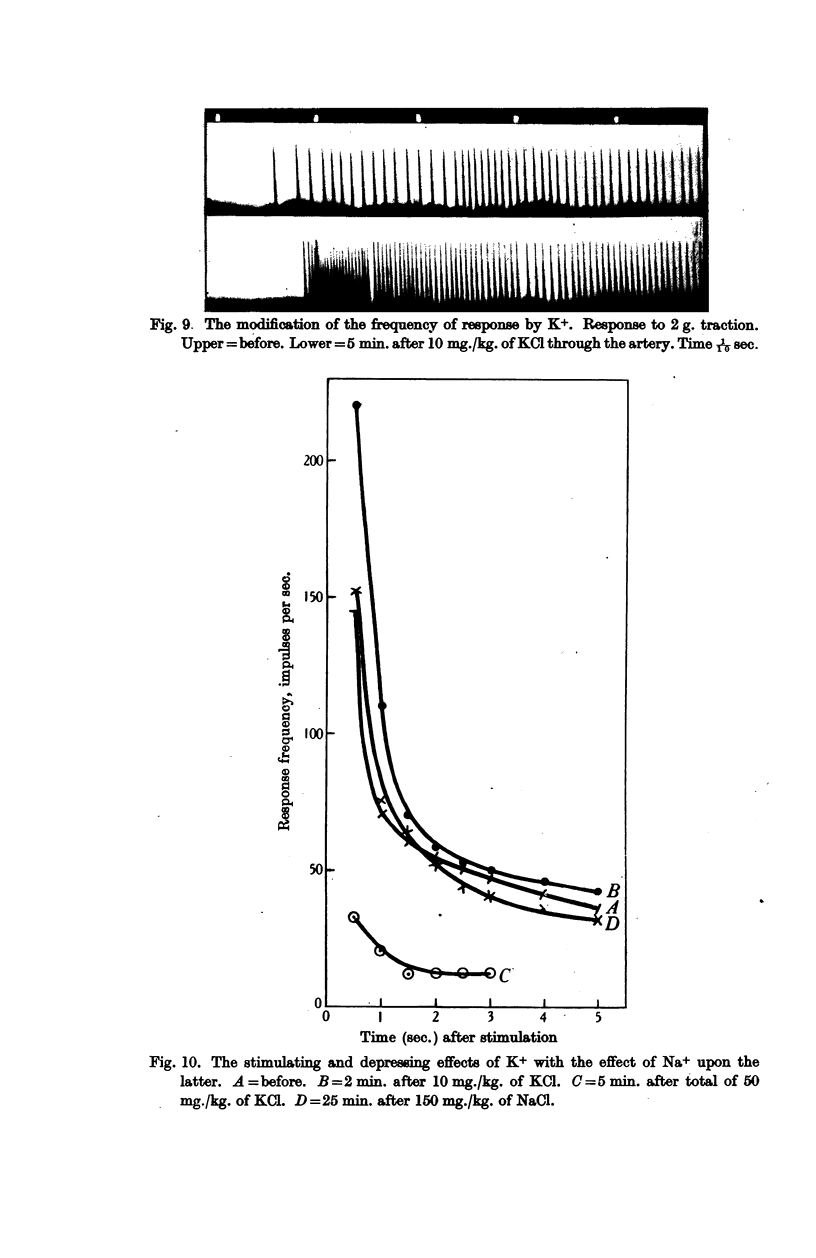
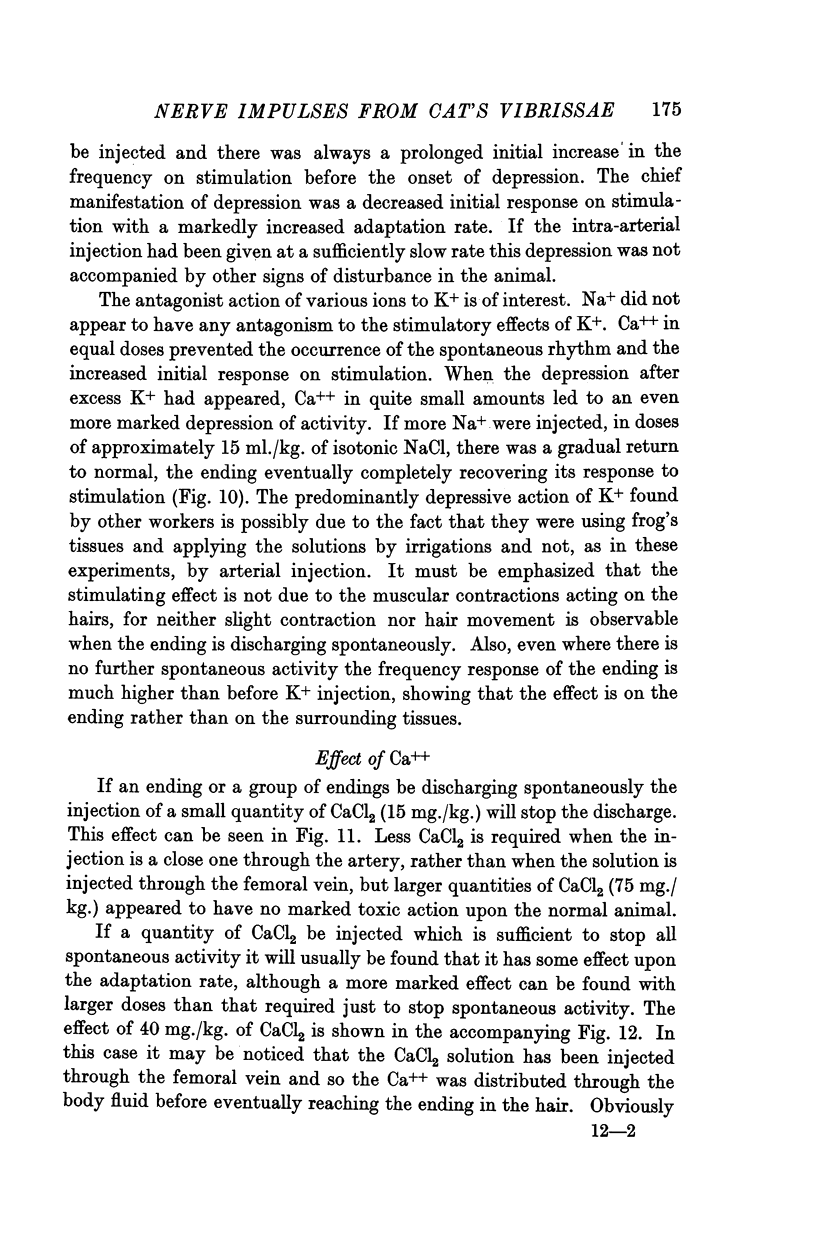
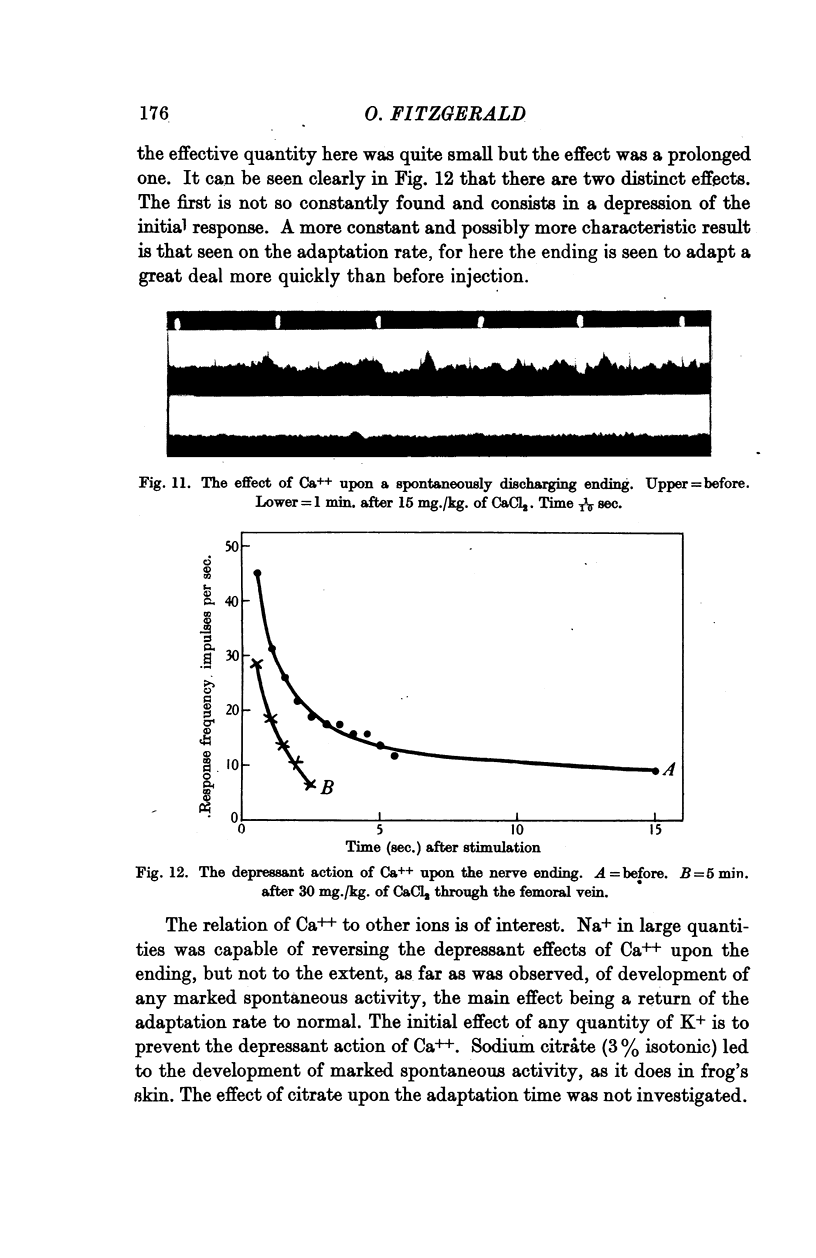
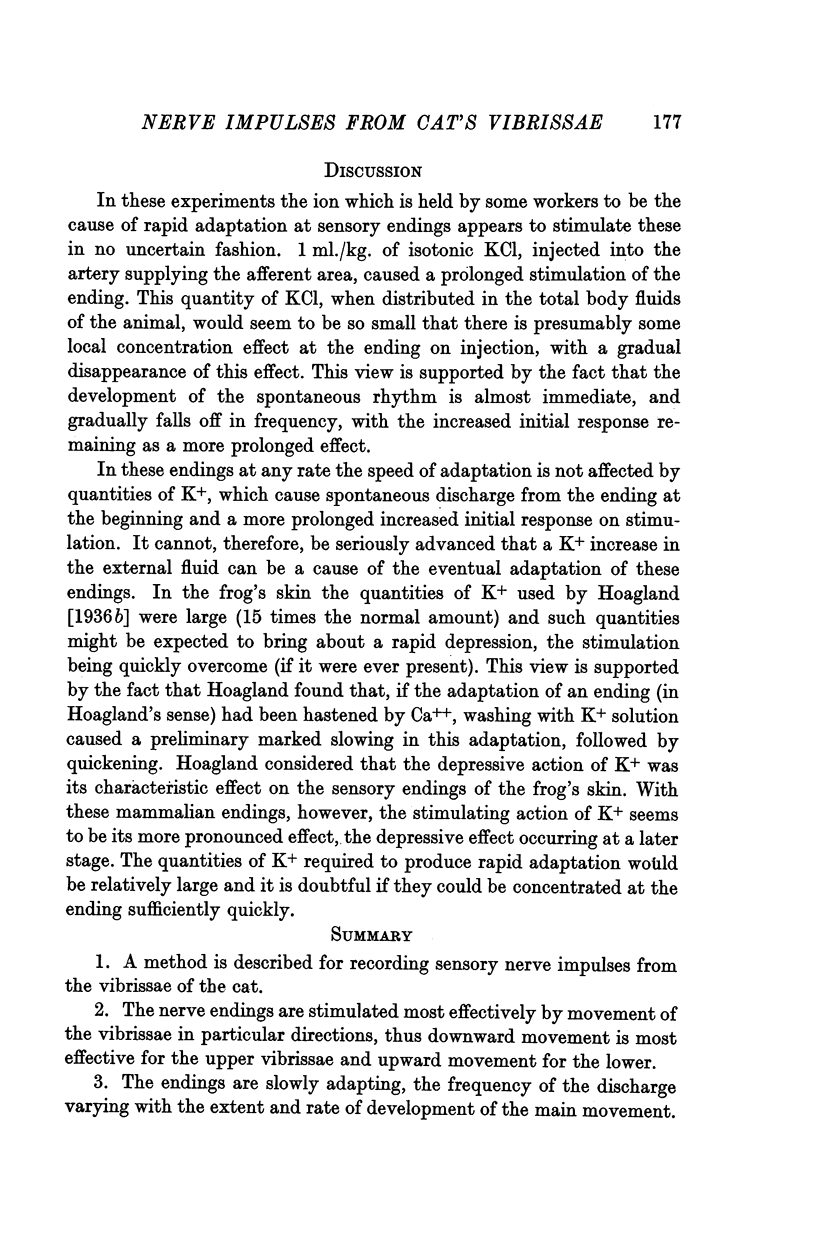
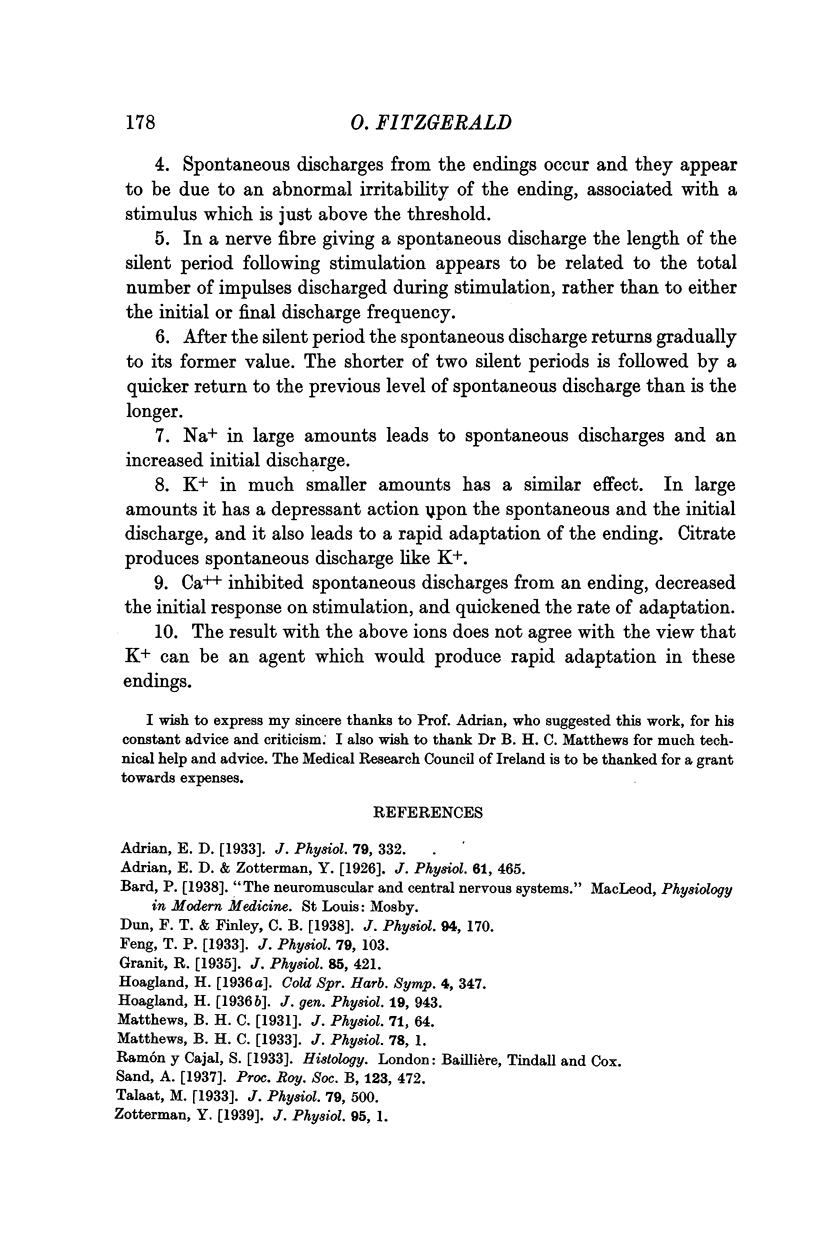
Images in this article
Selected References
These references are in PubMed. This may not be the complete list of references from this article.
- Adrian E. D. Afferent impulses in the vagus and their effect on respiration. J Physiol. 1933 Oct 6;79(3):332–358. doi: 10.1113/jphysiol.1933.sp003053. [DOI] [PMC free article] [PubMed] [Google Scholar]
- Adrian E. D., Zotterman Y. The impulses produced by sensory nerve endings: Part 3. Impulses set up by Touch and Pressure. J Physiol. 1926 Aug 6;61(4):465–483. doi: 10.1113/jphysiol.1926.sp002308. [DOI] [PMC free article] [PubMed] [Google Scholar]
- Dun F. T., Finley C. B. The rate of adaptation of cutaneous nerve endings in the frog. J Physiol. 1938 Oct 14;94(1):170–176. doi: 10.1113/jphysiol.1938.sp003671. [DOI] [PMC free article] [PubMed] [Google Scholar]
- Feng T. P. Reversible inexcitability of tactile endings in skin injury. J Physiol. 1933 Jul 28;79(1):103–108. doi: 10.1113/jphysiol.1933.sp003030. [DOI] [PMC free article] [PubMed] [Google Scholar]
- Granit R. Two types of retinae and their electrical responses to intermittent stimuli in light and dark adaptation. J Physiol. 1935 Dec 16;85(4):421–438. doi: 10.1113/jphysiol.1935.sp003329. [DOI] [PMC free article] [PubMed] [Google Scholar]
- Matthews B. H. Nerve endings in mammalian muscle. J Physiol. 1933 Apr 13;78(1):1–53. doi: 10.1113/jphysiol.1933.sp002984. [DOI] [PMC free article] [PubMed] [Google Scholar]
- Matthews B. H. The response of a single end organ. J Physiol. 1931 Jan 21;71(1):64–110. doi: 10.1113/jphysiol.1931.sp002718. [DOI] [PMC free article] [PubMed] [Google Scholar]
- Talaat M. The effect of ions on the cutaneous sensory endings of the frog. J Physiol. 1933 Oct 25;79(4):500–507. doi: 10.1113/jphysiol.1933.sp003064. [DOI] [PMC free article] [PubMed] [Google Scholar]








